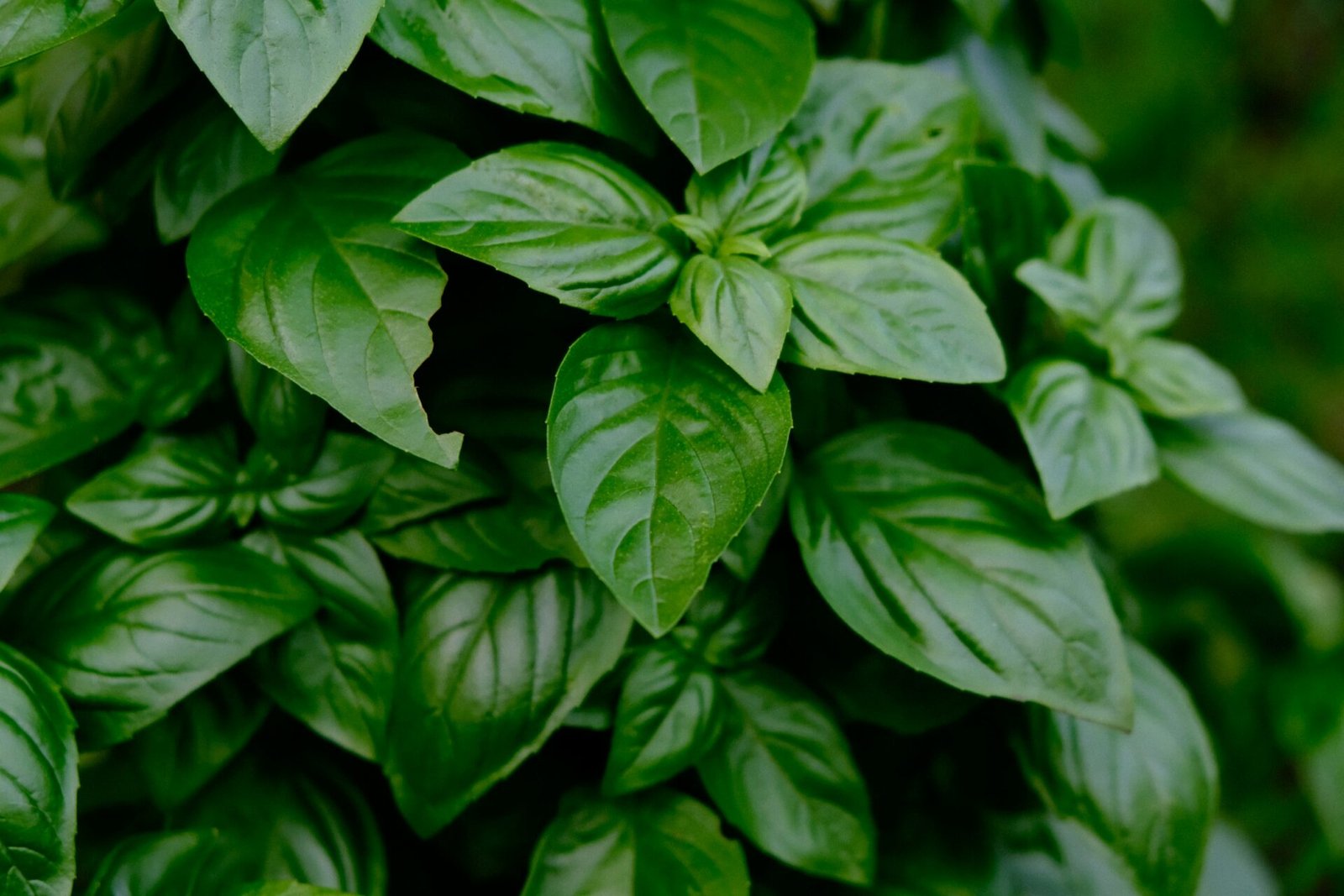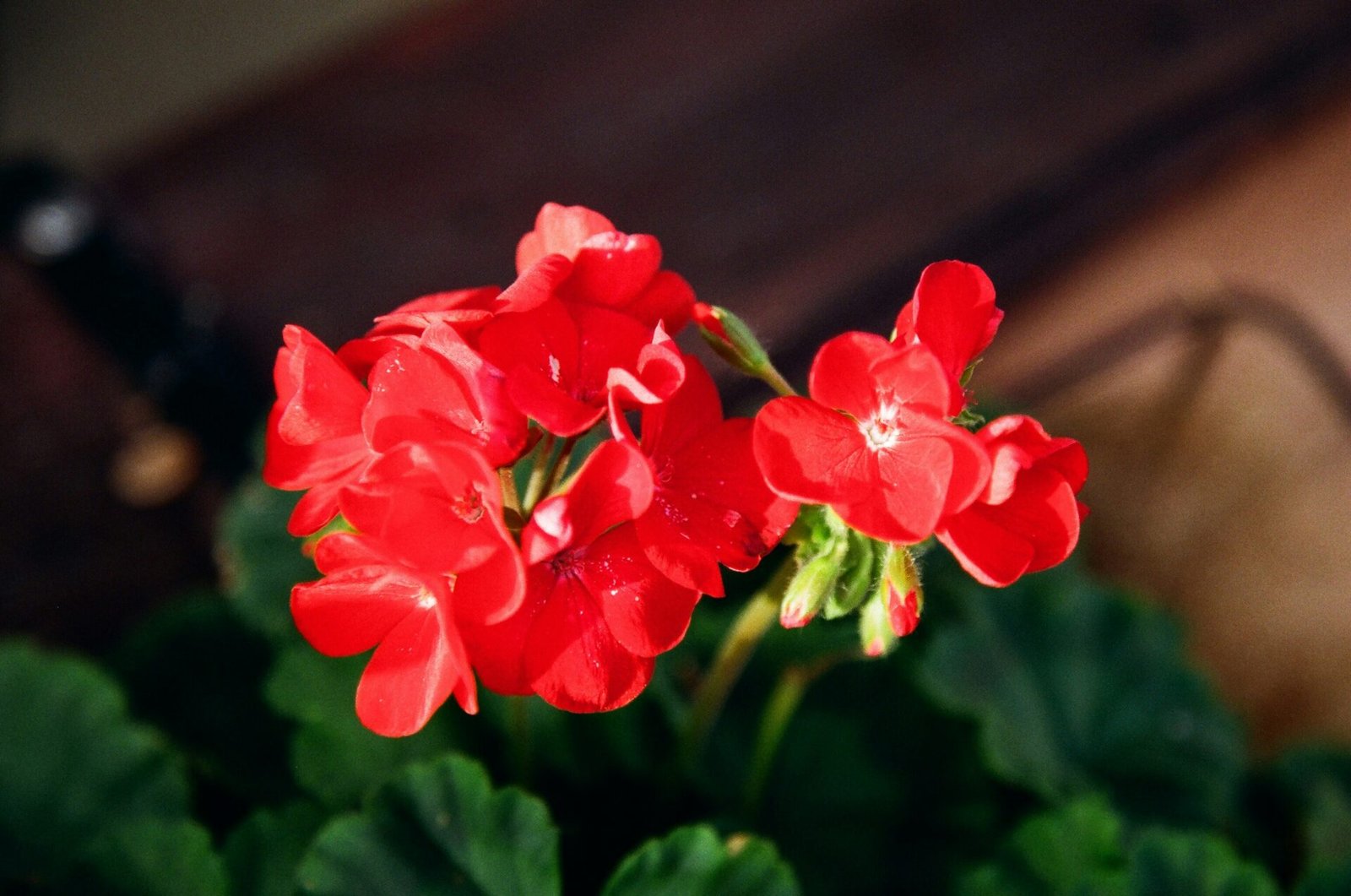Bringing a touch of the tropics into my home has always been a dream of mine, and what better way to do that than with indoor palm plants? They’re not just stunning to look at; they also add a sense of calm and serenity to any room. But as with any houseplant, knowing how to care for them is key to keeping them thriving.
I’ve learned that while palms can be somewhat forgiving, they do have specific needs that must be met. From the right amount of light to the perfect watering schedule, understanding these requirements is crucial. Stick around as I share my top tips for keeping your indoor palm plants lush and healthy.
Choosing the right palm plant for your indoor space
Selecting the ideal palm plant for your home means considering a few key factors that can affect not only the health of the plant but also how it complements your space. I’ll walk you through some essentials to ensure you pick the perfect leafy companion.
First, assess the light conditions in your home. Palms generally thrive in bright, indirect light. A room with south-facing windows can be a great spot, but make sure to shield your palm from the harsh midday sun which can scorch its leaves. An area that receives filtered light through sheer curtains gets the thumbs up from these tropical beauties.
Next, take into account the space you have available. Indoor palms can range from small table plants like the parlor palm (Chamaedorea elegans) to towering varieties such as the majestic tree (Ravenea rivularis). Be realistic about the area you’ve got – a palm that’s too large can overwhelm a room, while one that’s too small might not make the desired impact.
Another key aspect is the humidity level of your indoor environment. Palms often prefer higher humidity, which makes them perfect for bright bathrooms where they can bask in the steam from your shower. However, if you’ve fallen for a species that demands less humidity, say a kentia palm (Howea forsteriana), it’ll fit just as perfectly in a cozy living room or study.
Lastly, consider the maintenance you’re willing to undertake. Some indoor palm types are more forgiving than others. If you’re not one for routine, opting for a low-maintenance species that can handle less frequent watering and feeding could be the smarter choice.
By considering light, space, humidity, and your own care capacity, you’re set to pick a palm that not only survives but thrives in your indoor environment. Remember, the right palm plant can offer striking foliage and a tropical flare that transforms your indoor space into an oasis.
Understanding the light requirements of indoor palm plants
When it comes to raising healthy palms, understanding the lighting needs is crucial. Palm plants typically originate from tropical and subtropical regions where light is ample. That said, indoor light conditions can vary greatly and it’s essential to match the type of palm to the light available in your home.
Not all palms require the same intensity or duration of light. Low light conditions are tolerated by palms such as the Parlor Palm (Chamaedorea Elegans) and Kentia Palm (Howea Forsteriana). These varieties can thrive in less illuminated areas, making them perfect for a room with north-facing windows or areas further from large windows. On the other hand, palms like the Majesty Palm (Ravenea Rivularis) and the Areca Palm (Dypsis Lutescens) crave more brightness and will do best in a south or west-facing window.
Here’s a breakdown of light preferences for common indoor palms:
| Palm Variety | Light Requirement |
|---|---|
| Parlor Palm | Low to moderate light |
| Kentia Palm | Low to moderate light |
| Majesty Palm | Bright, indirect light |
| Areca Palm | Bright, indirect light |
In most homes, direct sunlight is a commodity. Too much direct light, however, can scorch the leaves of your palm plant, leaving unsightly brown marks. To avoid this, I opt for shaded areas or use sheer curtains to filter harsh sunlight, ensuring my palms receive gentle, diffused light.
To accurately gauge your home’s light conditions, I recommend using a light meter or simply observing the intensity and duration of sunlight in the proposed location for your palm. A spot with steady but indirect light is often a safe bet for most palm species.
Remember, light isn’t just about intensity; it’s also about duration. During the shorter days of winter, even palms in bright rooms may benefit from supplemental light. With grow lights becoming more accessible and efficient, providing the extra illumination your palm needs could be as simple as flipping a switch. Keep in mind that the goal is to mimic the natural environment of your chosen palm as closely as possible to promote robust growth.
Creating the ideal watering routine for your palm plants
Watering your indoor palm plants properly is as essential as providing the right light conditions. Each species may have its unique moisture requirements, but there are general guidelines that can steer you in the right direction. I’ve found that over-watering is a common mistake among palm owners, which can lead to root rot and other issues.
Water When the Top Soil Feels Dry. Most palm plants thrive when the top inch of their soil is allowed to dry out between watering. This helps prevent over-saturation of roots. To check moisture levels, I simply stick my finger into the soil. If the top inch is dry, it’s time to water.
Palm Plants Prefer Lukewarm Water. Cold water can shock the roots, so I always use lukewarm water. This small adjustment mimics the warm rainfalls in the palms’ natural habitats.
Here’s a quick guide to watering frequencies based on average room conditions:
- High Humidity Environments: Less frequent watering is needed.
- Dry, Arid Climates: More frequent watering might be necessary.
- Winter Months: Reduce watering as palm growth slows down.
Adjust your watering schedule according to these environmental factors.
To dive a bit deeper into specifics, remember that container size affects watering frequency. Smaller pots dry out faster, thus may require a more vigilant eye. Drainage is also pivotal. Ensure your container allows excess water to escape, as standing water is detrimental to palm health.
For optimum growth, you might even consider a moisture meter which provides a precise reading of soil moisture levels. This can eliminate guesswork and further tailor your watering routine to the specific needs of your palm. Remember, consistency is key to a happy, healthy palm plant. Adapt your routine as needed to accommodate shifts in growth patterns, seasons, and environmental changes within your home.
Maintaining the proper humidity levels for healthy palm plants
Indoor palm plants aren’t just about soil moisture; humidity is a critical aspect of their care. In their natural habitat, palms are accustomed to high humidity levels that can be challenging to replicate indoors. Without adequate humidity, palms can develop brown tips and yellow leaves, signs that they’re not getting the moisture they need from the air.
The ideal humidity level for most indoor palm plants falls between 40% and 60%. Measuring indoor humidity isn’t a guessing game; I recommend using a hygrometer to monitor the levels accurately. These devices are inexpensive and can help you keep tabs on the environmental conditions in your home.
If the air in your home is too dry, there are several methods I find effective in boosting humidity:
- Run a humidifier near your palm plants. This device can significantly increase the moisture content in the air, providing a direct benefit to your palms.
- Place your palm on a pebble tray filled with water. As the water evaporates, it increases the humidity around the plant. Ensure the pot isn’t sitting in water to avoid root rot.
- Group plants together. This creates a microclimate with higher humidity due to collective transpiration.
- Regular misting can help some, although it’s not a long-term solution for dry air. I usually mist my palms in the morning so the leaves have time to dry out during the day.
It’s important to adjust your humidity strategies with the changing seasons. For instance, winter often brings drier air, which might mean turning on that humidifier more frequently or reassessing your plant’s location. In contrast, during the humid summer months, you may not need to do as much to maintain proper humidity levels.
Balancing out the humidity levels is a continuous process. It’s about making small adjustments and seeing how your palm responds. Keep an eye out for any changes in the leaves as they’re often the first indicator that the humidity isn’t quite right. Remember, consistency in the environment keeps indoor palm plants thriving just as much as a consistent watering schedule.
Providing the right temperature for your indoor palm plants
Just as maintaining humidity is vital for palm plants, temperature control is equally significant. Palms typically thrive in conditions that mimic their natural tropical or subtropical habitats. Ideal temperature ranges for most indoor palm plants hover between 65°F and 75°F during the day with a slight dip at night, but never below 50°F to prevent cold damage.
When I’m regulating the temperature for my palms, I keep a close watch on my thermostat during the colder months. It’s important to be mindful of cold drafts from windows and doors. I also make sure my plants are shielded from direct contact with heating sources like radiators or heat vents that can cause hot spots and dehydrate the foliage.
During the warmer periods, it’s good practice to ensure your palms are not exposed to excessive heat by keeping them away from direct sunlight which can scorch the leaves. Even in an indoor setting, palms can experience a form of heat stress known as “leaf burn” when subjected to extreme temperatures. Using blinds or sheer curtains can help diffuse strong sunlight, protecting your palms from the harsh rays while still providing bright, indirect light.
Here are some quick temperature control tips for your indoor palm plants:
- Place palms in a spot with steady temperature away from cold drafts and direct heat sources
- Monitor room temperature regularly with a reliable thermostat
- During heat waves, use air conditioning or fans to maintain cool temperatures
- If your palm is near a cold window in winter, consider insulating the window
Remember, temperature fluctuations can be as harmful as keeping your palm in consistently incorrect temperatures. Monitoring and adjusting the conditions in your home ensures your palm plants remain healthy and stress-free. Keeping a consistent temperature is just one part of the recipe that helps foster a thriving indoor tropical oasis.
Conclusion
Caring for indoor palm plants is all about creating a stable, warm environment that allows them to flourish. I’ve found that being mindful of their temperature needs ensures they remain healthy and vibrant year-round. By keeping my palms away from temperature extremes and maintaining a consistent climate, I’ve seen a noticeable difference in their growth and vitality. Remember, these tropical beauties thrive on stability, so it’s worth investing a little extra effort to monitor and adjust their surroundings. With these simple practices in place, you’ll enjoy the lush, exotic charm of your indoor palms for years to come.




